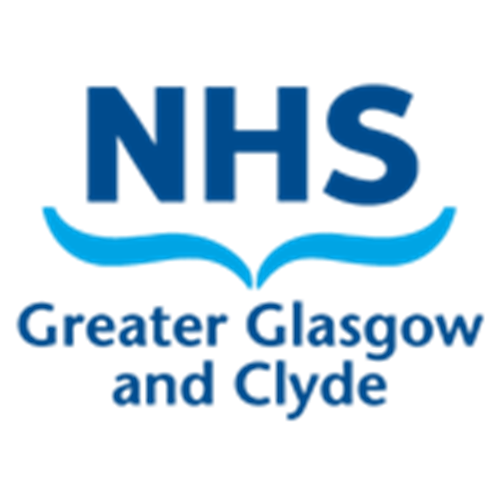Birth certificate – is issued by the registrar of Births, Deaths and Marriages. Normally the birth of a surrogate baby will be registered by the surrogate herself and her name will be entered as the mother. The person named as father depends upon certain rules contained with the Human Fertilisation and Embryology Act 1990 and the Registration of Births, Deaths and Marriages Scotland Act 1965. Birth father – is the surrogate’s husband unless it can be shown that he did not consent to the surrogacy.
Birth mother – is the legal term for the woman who gives birth to a child as a result of a surrogacy arrangement regardless of whether the child resulted from her egg or not, in accordance with Section 30 of the Human Fertilisation and Embryology Act 1990.
Children (Scotland) Act 1995 – is the main legislation for matters to do with children and families. Its relevance for surrogacy lies mainly in the principle of parental responsibility and in the availability of parental responsibility arrangements.
Intended parent/s – the person/persons who have made an arrangement with a surrogate mother to carry a child for them.
Human Fertilisation and Embryology Act 1990 – for the most part effective from October 1994, this is the main piece of legislation relating to fertility treatment. A Parental Order can be made under S30 of the act effectively transferring rights over the child held by the surrogate (birth) mother at birth to the commissioning parents. The act also provides that the surrogate’s husband is the birth father of the baby unless it can be shown that he did not consent to the surrogacy which the act calls “treatment”.
Surrogacy organisations in the UK:
Brilliant Beginnings - Surrogacy in the UK and abroad
COTS Surrogacy UK | Home
SurrogacyUK
Cafcass
Further Education for staff can be found via the RCM online learning package below:
Surrogacy - Royal College of Midwives
